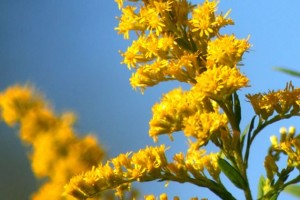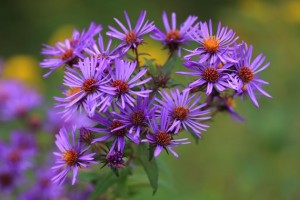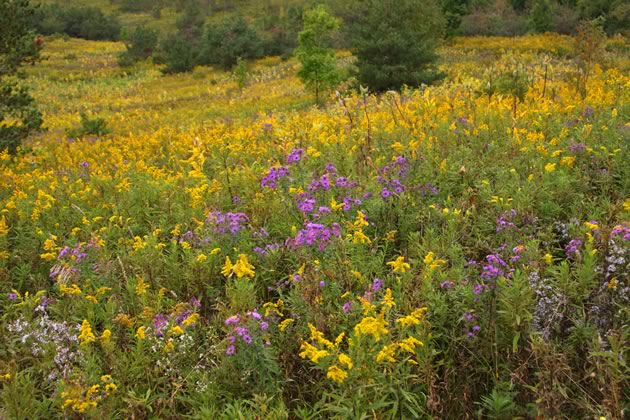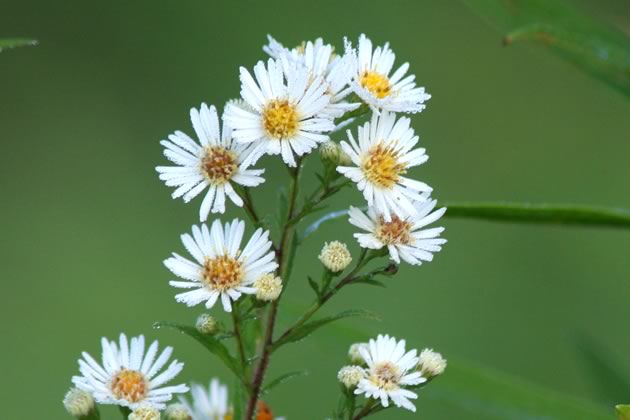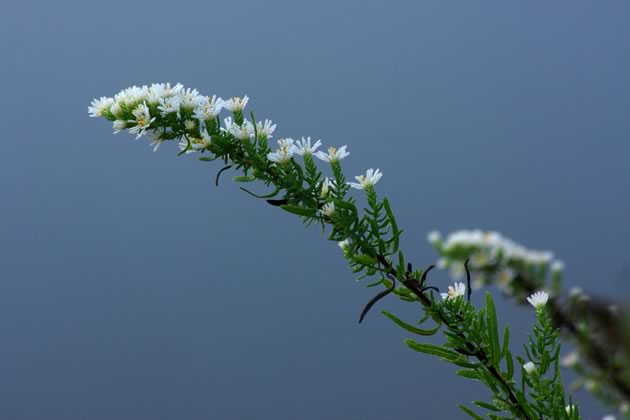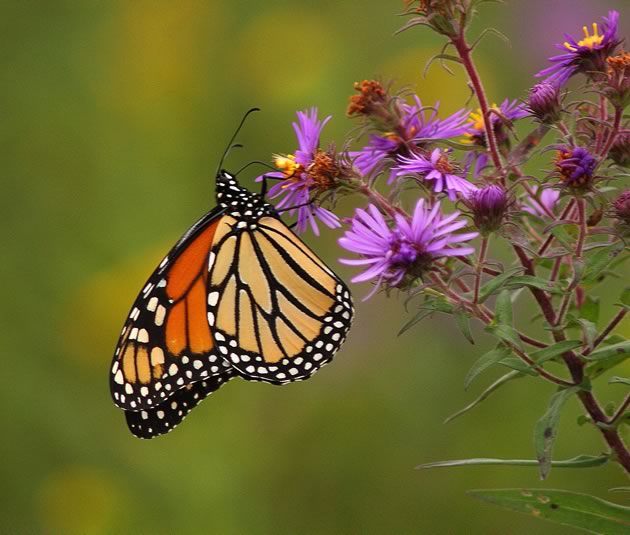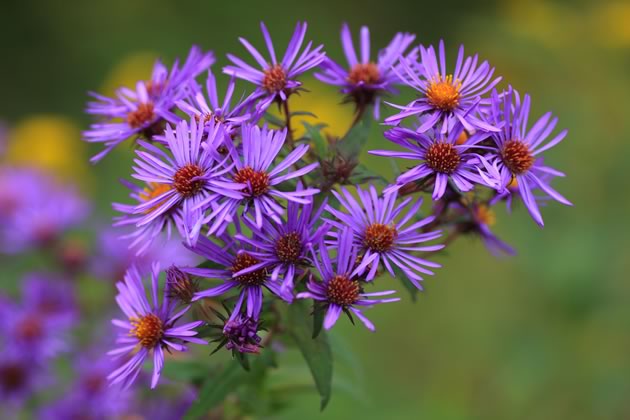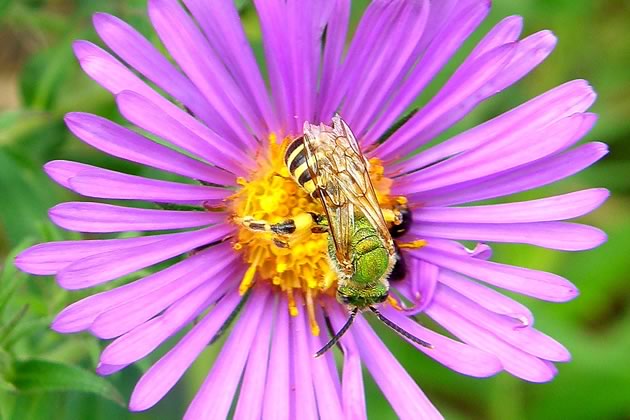Goldenrod and Asters
Asters and goldenrods are tremendously important wildlife plants.
Goldenrod
Goldenrod pulses with life when it blooms in late summer meadows. Bees, wasps, flower flies and a host of other nectar-seeking insects find it irresistible. The hum of their wings sings of ecosystem health.
Goldenrod is unfairly tagged as the cause of hay fever. The real culprit, lurking in the background and pumping out billions of allergy causing pollen spores, is ragweed. This common plant has green flowers and is quite inconspicuous. The flamboyant goldenrod takes the rap.
Soon after the various species of goldenrod begin to bloom, they are joined by the glorious asters. Like goldenrod, asters are represented by several varieties in our neighbourhood. One is New England aster, the familiar large aster that paints roadsides purple in early autumn.
New England Aster
New England aster is one of my favourite flowers. The purple is intense, the blossoms prolific and, like goldenrod, it is a highly sought nectar plant. In fact it is arguably the most important nectar plant for migrating monarchs – providing a much needed sugar boost to power their astonishing flights to Mexico.
We’d do the declining monarchs populations a favour if we planted New England aster in our gardens instead of the garden mums that proliferate at garden centres in the fall.
These mums, like so many other flowers that have been selected and hybridized by the nursery trade, are as appealing to butterflies as silk flowers. Nourishing nectar has been bred out of them.
Heath aster is another striking aster species and like New England aster is abundant in our hills at this time of year. This aster, flourishing in dry, impoverished soils, has arching panicles packed with small white flowers.
Goldenrod and asters are tremendously important wildlife plants. We should grow them in our yards – beacons of ecological hope to brighten our rather sterile urban landscapes.

